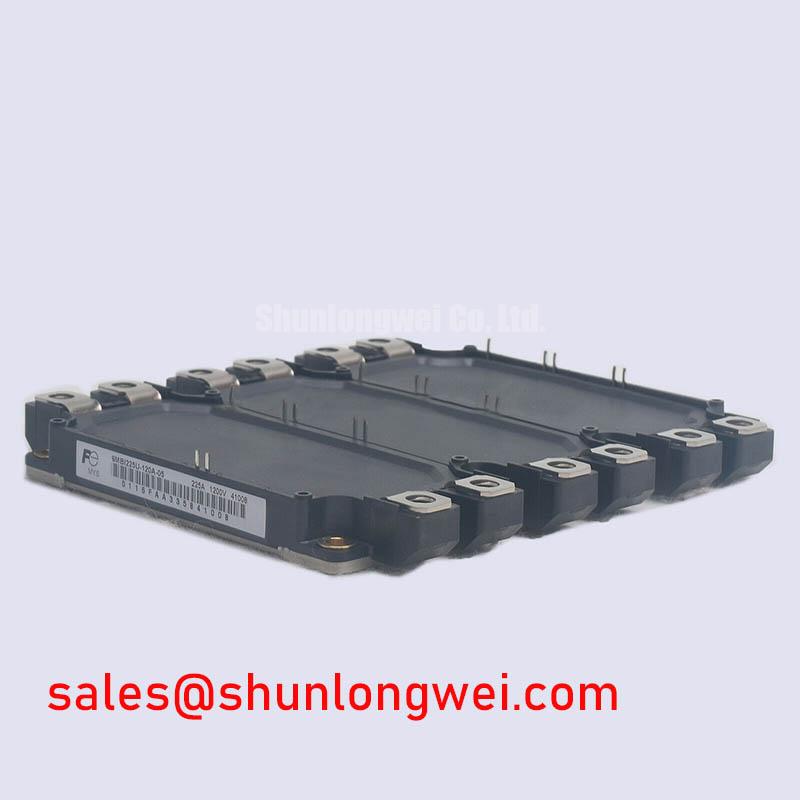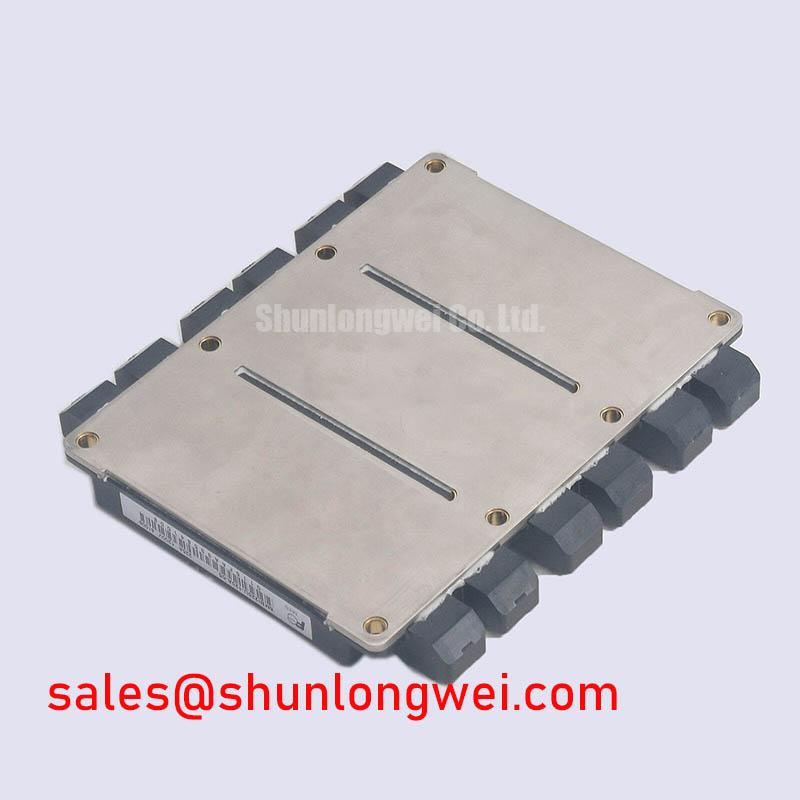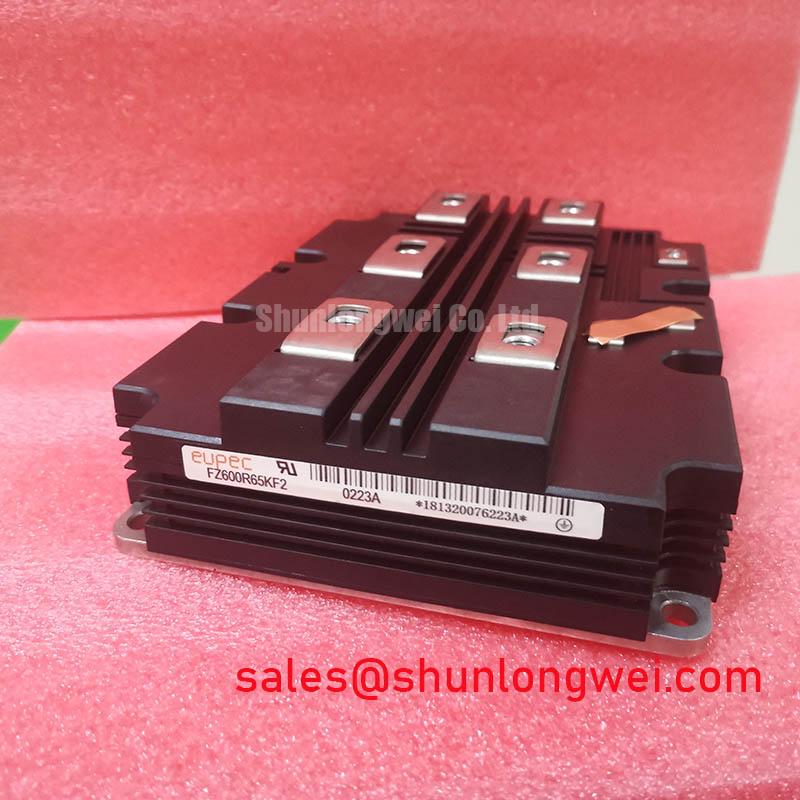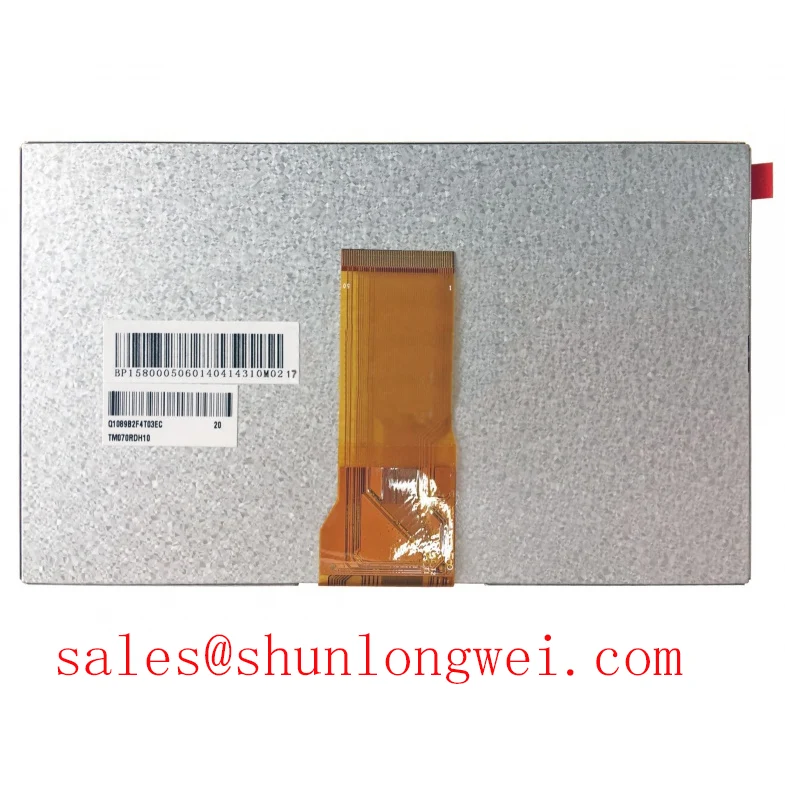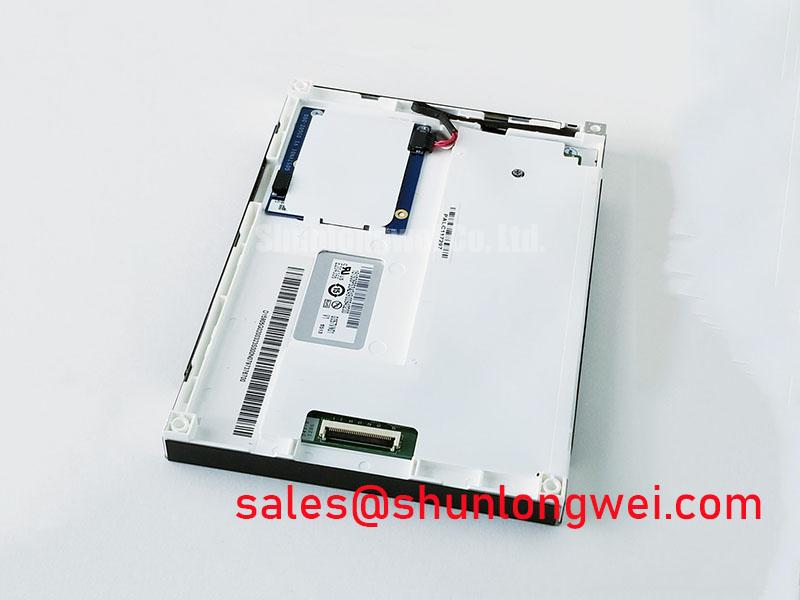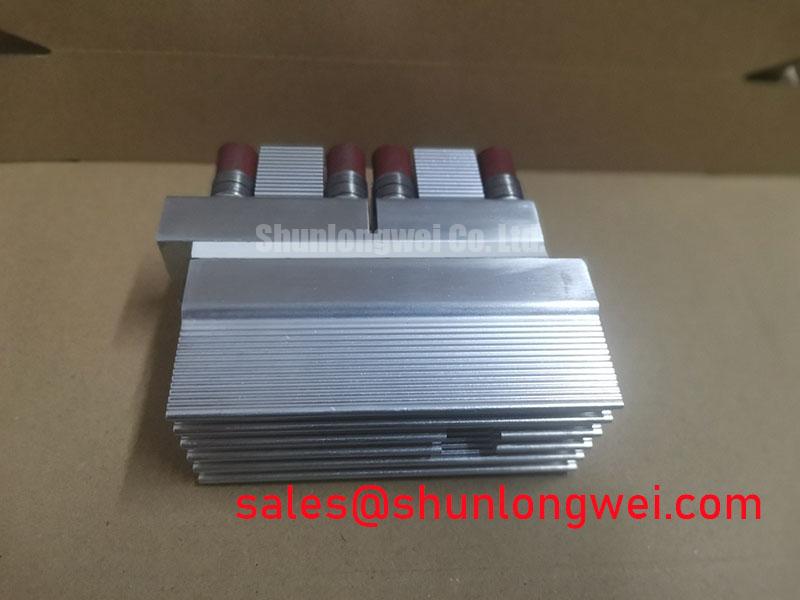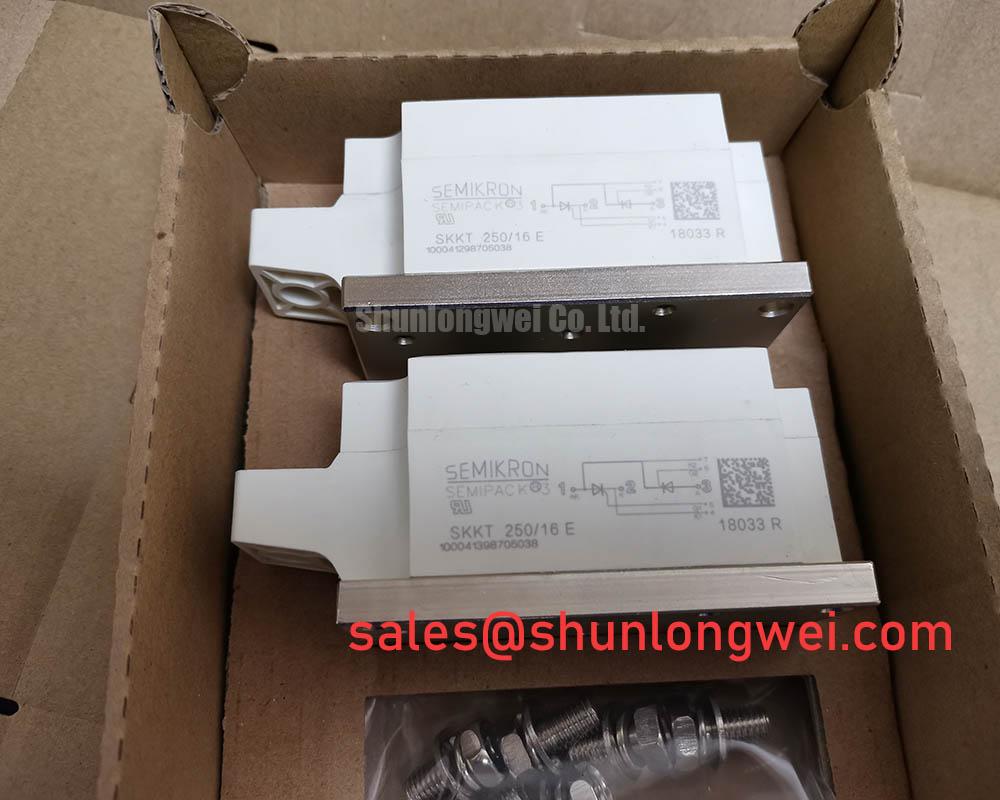6MBI225U-120A-05 | 1200V 225A IGBT Module for High-Efficiency Inverters
Introduction: A Balanced Approach to Power Conversion
Content last revised on October 12, 2025.
The Fuji Electric 6MBI225U-120A-05, a key component in the U-Series family, is a 1200V, 225A 6-pack IGBT module engineered for high-efficiency power conversion. It provides a superior balance of conduction and switching losses, directly addressing the core challenges of modern power system design. With key specifications of 1200V | 225A | VCE(sat) 2.2V (typ), this module delivers two critical engineering benefits: lower overall energy losses and enhanced thermal stability. What is the primary benefit of its balanced loss characteristics? It enables optimized performance in systems with variable load and frequency requirements. For industrial motor drives in the 75-110 kW range requiring a robust and efficient inverter stage, the 6MBI225U-120A-05 offers a well-documented and reliable power solution.
Key Parameter Overview
Decoding the Specs for Efficient Power Conversion
The performance of the 6MBI225U-120A-05 is defined by electrical and thermal characteristics that directly influence system efficiency and reliability. The following table highlights key parameters and interprets their engineering significance, moving beyond raw numbers to explain their impact on your design.
| Parameter | Value | Engineering Significance |
|---|---|---|
| Collector-Emitter Voltage (Vces) | 1200V | Provides a substantial safety margin for applications on 400V to 575V AC lines, ensuring reliability against voltage transients. |
| Continuous Collector Current (Ic) | 225A (Tc=80°C) | Supports high-power applications such as industrial motor drives and renewable energy inverters, defining the module's continuous power handling capability. |
| Collector-Emitter Saturation Voltage (VCE(sat)) | 2.2V (typ) / 2.7V (max) @ Ic=225A | Directly determines conduction losses. The low typical value improves overall system efficiency, reducing the heat that must be dissipated. |
| Total Switching Energy (Eon+Eoff) | 42.0 mJ (typ) | Crucial for calculating switching losses, which become significant at higher Pulse Width Modulation (PWM) frequencies. This defined value allows for precise thermal modeling. |
| Thermal Resistance (Rth(j-c)) - IGBT | 0.11 °C/W (max) | Indicates the efficiency of heat transfer from the semiconductor junction to the case. A low value simplifies Thermal Management and allows for more compact heatsink designs. |
| Short-Circuit Withstand Time (tsc) | 10 µs | A critical reliability feature. This rating ensures the module can survive brief, high-current fault conditions, allowing protection circuits time to react. |
Download the 6MBI225U-120A-05 datasheet for detailed specifications and performance curves.
Application Scenarios & Value
System-Level Benefits in Industrial Motor Drives and Inverters
The 6MBI225U-120A-05 is ideally suited for power conversion systems where efficiency and reliability are paramount. Its integrated 6-pack configuration simplifies the design of three-phase inverters, making it a cornerstone component in a variety of industrial applications.
Consider a high-performance Variable Frequency Drive (VFD) controlling a conveyor system in a manufacturing plant. The engineering challenge is to maintain high efficiency during long periods of steady operation while managing thermal stress during frequent start-stop cycles. The 6MBI225U-120A-05's low VCE(sat) of 2.2V directly reduces conduction losses, minimizing heat generation and energy consumption during continuous operation. Simultaneously, its well-defined switching energy characteristics allow the VFD designer to optimize the PWM frequency, reducing switching losses and ensuring the module operates within safe thermal limits even under dynamic loads. This balance prevents oversizing the cooling system, leading to a more compact and cost-effective final design.
- Industrial Motor Drives: The module's power rating and robustness are ideal for AC motor drives, servo drives, and pump and fan controls.
- Uninterruptible Power Supplies (UPS): High efficiency and proven reliability are critical for backup power systems, where the 6MBI225U-120A-05 ensures minimal energy waste and dependable operation.
- Renewable Energy Systems: Suitable for the inverter stage in solar and small-scale wind power applications, converting DC power to grid-compliant AC power efficiently.
For applications demanding higher power output, such as larger industrial motors or central solar inverters, the related 6MBI450U-120 offers a higher current rating of 450A within a similar voltage class.
FAQ
Engineering Questions on Performance and Integration
How do the specified Eon and Eoff values for the 6MBI225U-120A-05 assist in thermal design?
Having specified turn-on (Eon) and turn-off (Eoff) energies allows engineers to accurately calculate switching losses using the formula P_sw = (Eon + Eoff) * f_sw. This calculation is fundamental for predicting the total heat generated by the module, which is essential for selecting an appropriately sized heatsink and ensuring long-term reliability.
What is the significance of the 2.7V maximum VCE(sat) rating under worst-case conditions?
While the typical VCE(sat) is 2.2V, designing with the maximum value of 2.7V ensures the system's thermal management can handle worst-case scenarios, such as high junction temperatures and manufacturing tolerances. This conservative approach is a cornerstone of robust design, guaranteeing performance across all specified operating conditions.
How does the Rth(j-c) of 0.11 °C/W directly impact heatsink selection and overall system power density?
Thermal resistance can be thought of as a barrier to heat flow. The low Rth(j-c) of this module signifies a very efficient thermal path from the silicon chip to the module's baseplate. This allows heat to be extracted more effectively, meaning a smaller, lighter, and often less expensive heatsink can be used for a given power dissipation, directly increasing the system's overall power density.
The datasheet specifies a 10µs short-circuit withstand time. What does this mean for system protection design?
This feature provides a critical safety window. It guarantees the IGBT can survive a direct short-circuit for up to 10 microseconds, giving the gate drive and control circuitry sufficient time to detect the fault and safely shut the device down. This prevents catastrophic module failure and enhances overall system ruggedness, especially in motor drive applications where stalls can occur.
Can the 6MBI225U-120A-05 be used in high-frequency switching applications?
This module is optimized for the typical frequency range of industrial applications (e.g., 2 kHz to 15 kHz). While it can operate at higher frequencies, designers must carefully manage the increased switching losses and resulting thermal load. The provided Eon/Eoff values in the datasheet are essential for performing this analysis.
Technical Deep Dive
Analyzing the Trade-Off: A Look at Conduction vs. Switching Losses
In power electronics design, there is a fundamental trade-off between conduction losses and switching losses. The 6MBI225U-120A-05 from Fuji Electric embodies a design philosophy that balances these two factors for optimal performance in mainstream industrial applications. Conduction loss, determined by VCE(sat), is the energy dissipated when the IGBT is fully on. Switching loss, determined by Eon and Eoff, occurs during the transitions between on and off states.
This trade-off can be compared to choosing tires for a vehicle. An ultra-low VCE(sat) is like a soft, sticky racing tire: it offers excellent performance (low loss) when fully engaged but generates significant friction and heat (high switching loss) during transitions. Conversely, a device optimized solely for high-speed switching might have a higher VCE(sat), akin to a hard, low-rolling-resistance tire that is efficient at speed but less so when stationary. The 6MBI225U-120A-05 provides a high-performance "all-season" solution. Its architecture provides a competitive VCE(sat) without excessively penalizing switching speed, making it highly efficient across the most common PWM frequencies used in VFDs and UPS systems. This strategic balance simplifies the engineer's task, delivering robust performance without requiring exotic or oversized thermal solutions.
An Engineer's Perspective on Integration
For design engineers, the 6MBI225U-120A-05 represents a practical and reliable choice for three-phase inverter design. Its value lies not just in its individual specifications but in its completeness as an integrated solution. The industry-standard package simplifies mechanical layout and mounting, while the comprehensive datasheet provides the necessary curves and values for accurate simulation and loss calculation. This reduces design uncertainty and accelerates the development cycle, allowing teams to focus on system-level innovation rather than wrestling with component-level unpredictability. It's a workhorse module designed for straightforward implementation and long-term field reliability.

